Warehouse
Deadline
July 10, 2026
Judging
Date
July 27, 2026
Winners
Announced
August 12, 2026
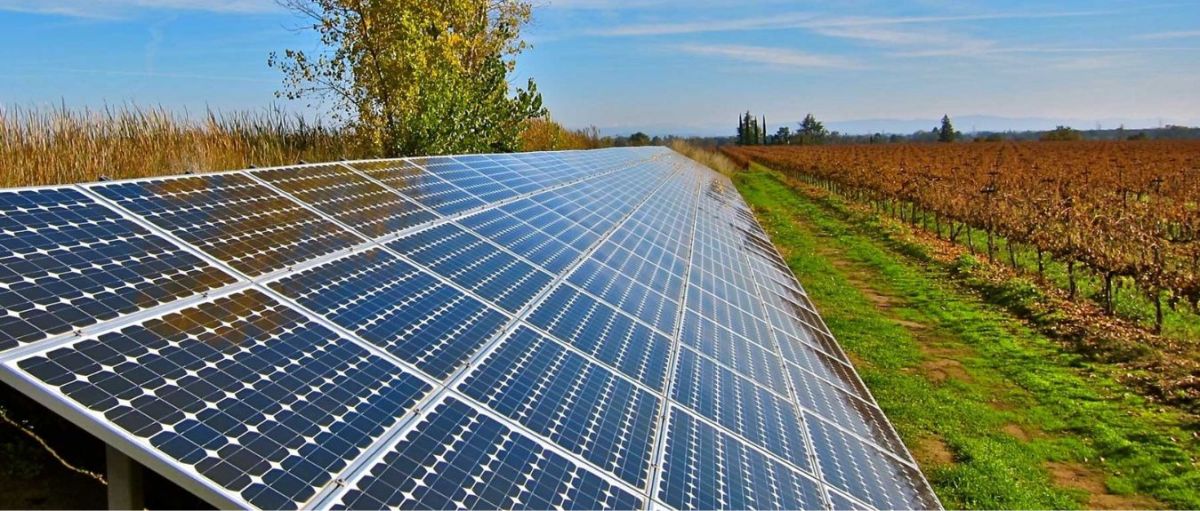
Wine certifications on wine bottles are a useful indicator for someone who wants good quality, sustainable wines. There are labels that indicate organic or biodynamic certified wines, and then there are also sustainable wine seals.
[[relatedPurchasesItems-44]]
These certified labels tell a customer about the conscious, eco-friendly efforts of the winery or vineyard. But at times it is not fully clear what do actually these certifications mean or what story they tell.
So, to help you better understand sustainability in wine, here is a guide to some of the most commonly used sustainable wine certifications and what they mean.
Certified California Sustainable Winegrowing (CCSW)
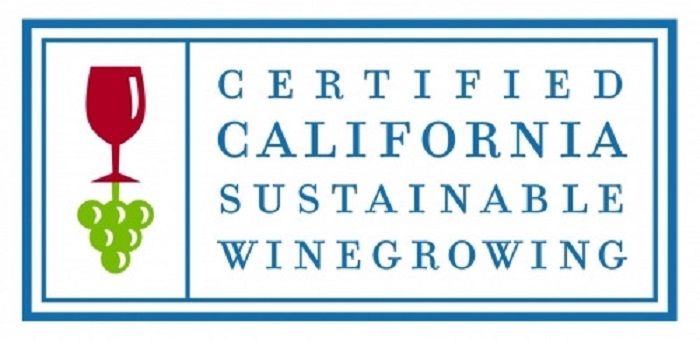
Image Source: Sustainable wine growing
Introduced in 2010, Certified California Sustainable Winegrowing (CCSW) is issued by the California Sustainable Winegrowing Alliance (CSWA). It was created to assist the implementation and promote the benefits of sustainable wine-growing practices.
The certification is based on a concept of sustainability encompassing winemaking practices that are — sensitive to the environment, responsive to the needs and interests of society at large, and economically feasible to implement and maintain. CSWA measures the performance of vineyards and wineries based on various parameters, such as — Water Use, Energy Use, Greenhouse Gas Emissions, Nitrogen Use, and Complying with the Restrictions on Crop Protection Materials. Vineyards and wineries must meet an overall score threshold to earn and maintain the CCSW certification status.
Along with the certificate, CSWA also provides a Code of Sustainable Winegrowing Practices workbook as a tool for vintners and growers to assess their practices and learn how to improve their overall sustainability.
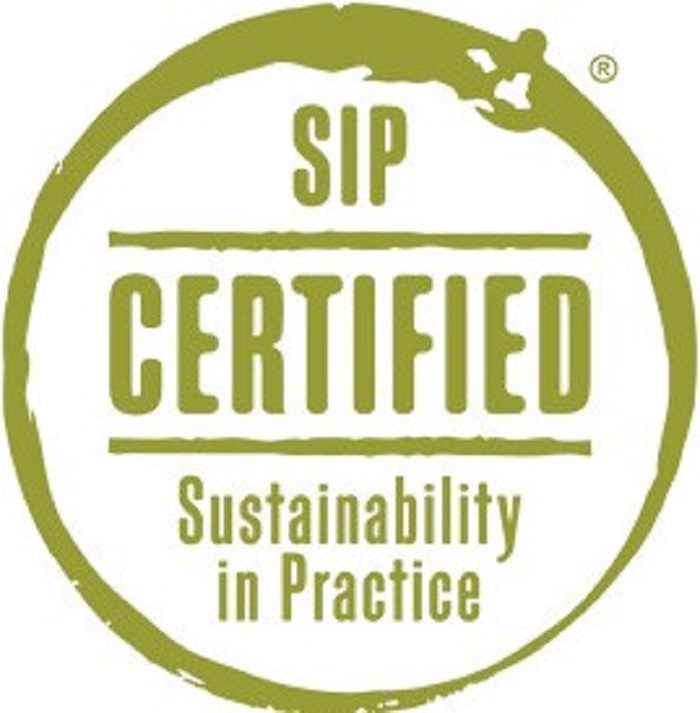
Image Source: SIP certified
Introduced in 2008, Sustainability In Practice (SIP) is a certificate issued to a wine, vineyard, or winery that implements sustainable winemaking practices. It boosts strict, non-negotiable requirements, committed to standards based on science and expert input, independent verification, transparency, and absence of conflict of interest.
To qualify for SIP certification, a vineyard or winery must satisfy criteria in the areas of — Habitat, Water Management, Energy Efficiency, Soil, Recycling Process, Air Quality, Packaging, Safe Pest Management, Social Responsibility, and Business Management. A winery or vineyard must meet over 50 requirements and 75% of the total possible sustainability points to be SIP Certified.
SIP Certified wines show a farmer’s and winemaker’s dedication to responsible practices from the soil to the bottle, preserving natural and human resources. Today, there are over 42,000 vineyard acres in California and Michigan, five wineries, and more than 49 million bottles of wine that have been SIP Certified.
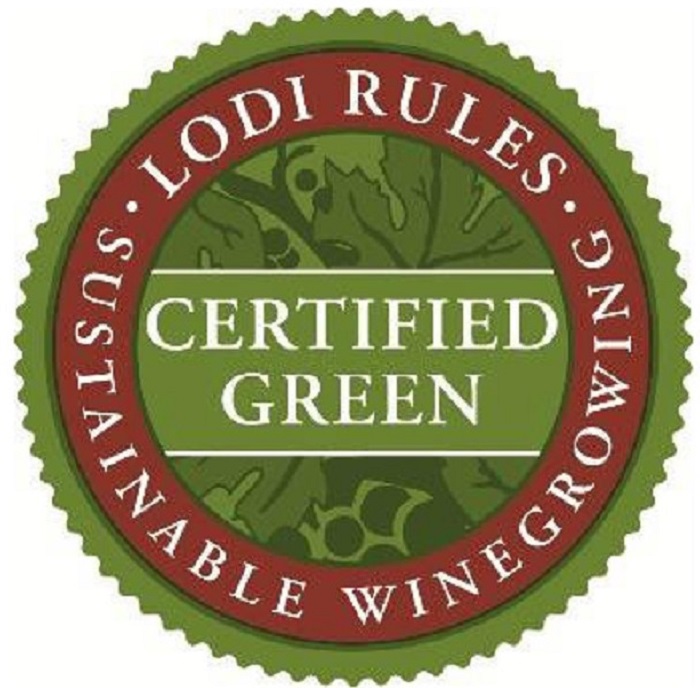
Image Source: Lodi rules
Established in 2005 by California wine growers and accredited by world-renowned scientists, LODI RULES is America’s sustainable wine-growing program. The growers wanted to farm more responsibly to ensure that farming could carry on for future generations, so they established LODI RULES sustainable certification program.
The certification is based on LODI RULES standards which are the backbone of the program, and include six areas of focus — Business Management, Human Resources Management, Ecosystem Management, Soil Management, Water Management, and Pest Management. Wineries may use the LODI Rules seal on a label if they have met the 85% composition requirement.
A growing number of wineries are recognizing the benefits of producing wines from LODI RULES certified grapes. Sourcing certified wine grapes and displaying the CERTIFIED GREEN seal on wine labels can help brands stay at the leading edge in today’s competitive market. The seal emphasizes environmentally and socially responsible practices while keeping economic feasibility in mind for long-term business success.
Today, there are over 1,200 vineyards certified under the LODI RULES program all over California, Washington, and Israel. Two new seals were created for wineries outside of Lodi to use on their wine bottles. All three seals — LODI RULES, CALIFORNIA RULES, and the CERTIFIED GREEN seal carry the same rigorous meaning of verified, scientifically-sound sustainable farming.
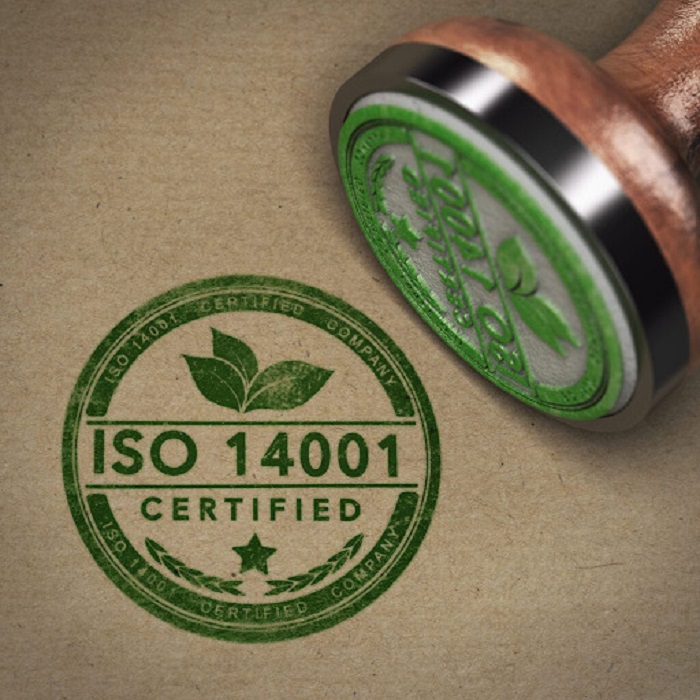
Image Source: The sustainability strategy
The International Organization for Standardization (ISO) is a global organization that works to provide standardization across an array of products and companies. ISO 14001 / ISO 14004 standards provide guidance on the establishment, implementation, maintenance, and improvement of an Environmental Management System (EMS).
EMS’s primary goal is to identify and reduce environmental waste, including ensuring that winemakers have policies and procedures in place to properly handle wastewater so as not to contaminate the local environment.
ISO changes over time (for example ISO 14001, ISO 14004) and continuously updates and revises sustainability guidelines and compliances. Several wine regions including Bordeaux in France, Chile, and Australia use the ISO standard. EMS ISO 14001 / ISO 14004 is a premier standard used by global wineries and is considered crucial for the growth of sustainable wine business.
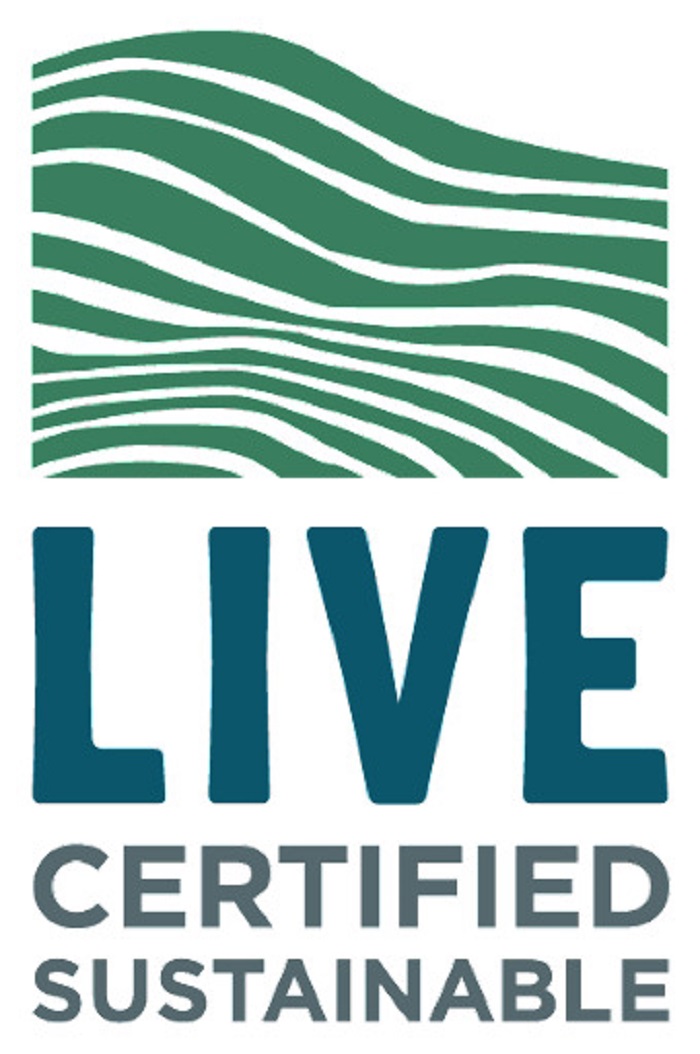
Image Source: Live certified
Low Input Viticulture and Enology (LIVE) is a non-profit organization that certifies winegrowers in the Pacific Northwest for sustainable wine, vineyards, and farming practices. LIVE’s research-based standards for sustainable winegrowers are internationally accredited. These sustainability standards are based on a checklist of practices that are set each year.
The checklist includes a great number of opportunities to improve sustainability, and to receive LIVE certification wineries and vineyards must maintain and look into — Planning and Planting Vineyards, Biodiversity, Irrigation Standards, Energy Use, Fertilizer Use, Greenhouse Gas Emissions, Water and Waste Management, and Labor Conditions at Production Facilities.
Vineyards and wineries must also meet Salmon-Safe criteria that focus on water management and preserving salmon and other aquatic life forms. LIVE also provides regional education to preserve the human and natural resources of the wine industry.
Article by Aanchal Sharma, Beverage Trade Network
Header Image Source: LODI RULES
Grow your wines in the off-premise channels of the USA. The Early Bird submission deadline is February 20, 2026, and the domestic submission deadline is June 30, 2026. Here is how to enter.